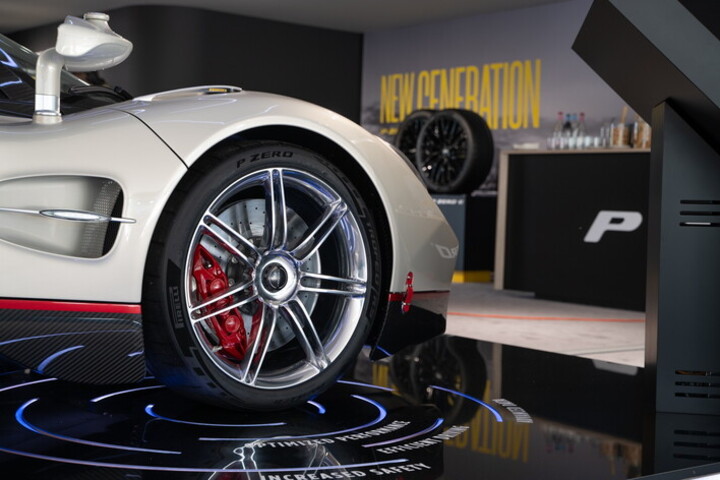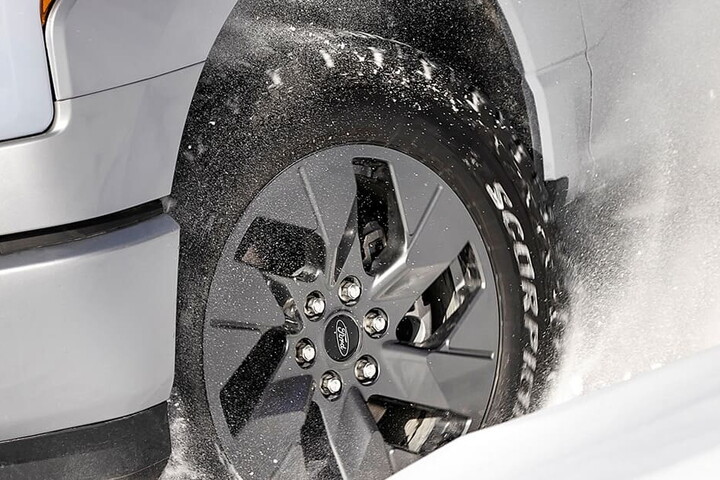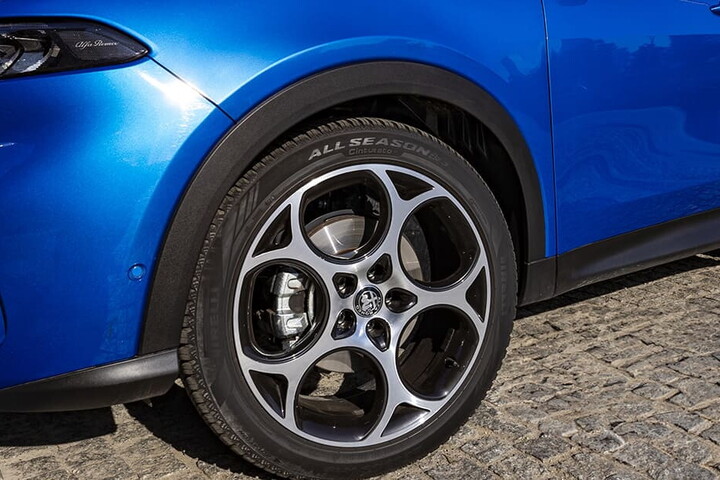A further advantage offered by all-season tyres: an appointment at your trusted tyre dealer is not necessary for the classic double seasonal change. But this does not equate to not caring about your tyres, on the contrary. Precisely because they are mounted all year round, attention must be paid to their condition. And therefore, periodic checks by a specialist remain important. Here's what to check.
THE ROTATION
Any tyre wears differently depending on the position in which it is mounted on the vehicle: front, rear, right or left side. Therefore, it is necessary to periodically exchange the tires between the axles, an operation which makes their wear uniform and consequently guarantees better effectiveness, to the benefit of safety. To ensure maximum benefits, rotation should therefore be carried out at regular intervals: normally it makes sense every 10.000/15.000 km, but it can be even more frequent if the vehicle is subjected to heavy loads. It should be remembered that front tires have a tendency to wear out much more quickly in front-wheel drive cars: if you replace them without changing the rear tyres, it is always recommended to fit the new set to the rear axle, moving the rear ones to the front. By doing this the car will be more stable.
THE RIGHT PRESSURE
If you discover that the tyre pressure is too low, there is nothing to stop you from inflating them yourself using a volumetric compressor, if equipped with an accurate pressure gauge, but it is better to ask a tyre dealer for help. Each car model requires a specific tire pressure, which can be found by reading the dedicated chapter in the vehicle's use and maintenance manual. The indication may also be on the door label or inside the fuel filler flap. Furthermore, in new generation vehicles there is a warning light that indicates loss of tyre pressure. Given the importance of checking the pressure, it always makes sense to contact a specialized tire dealer, subjecting your car tyres to a periodic check once a month and before leaving for long journeys. It's a matter of safety: if the tyres are inflated correctly, the risk of losing control of the vehicle is reduced. Furthermore, travelling with low pressure tyres results in greater consumption of fuel or energy tank in the case of an electric car.
WEAR CONTROL
The tyres have wear indicators that allow you to understand when the time has come to replace them. Identifying them is simple, just look for the acronym TWI (in full Tread Wear Indicator) on the side and observe the tread at the height of this acronym: there is a small rubber block 1.6 mm high located on the bottom of a longitudinal groove of the tread. If it is so worn that it reaches the same height as the block, the time has come to replace it, also because the tyre has reached the legal limit of use and the Highway Code requires its replacement. It may also happen that the tyres show anomalous and non-uniform wear: such wear can be caused by various factors, such as a road with many curves in the same direction, or a mechanical problem with the vehicle. For example, the wear detected in the centre of the tread could depend on too high a pressure while too low tyre pressure usually leads to wear of the 'shoulder'. And again, asymmetric wear - with one side of the tyre more worn than the other - is probably due to a convergence problem. This is why even if you fit all-season tyres, you need to contact a specialized tyre dealer to ensure maximum driving safety.




